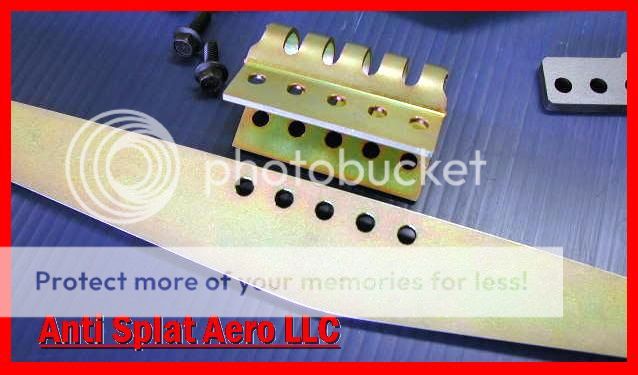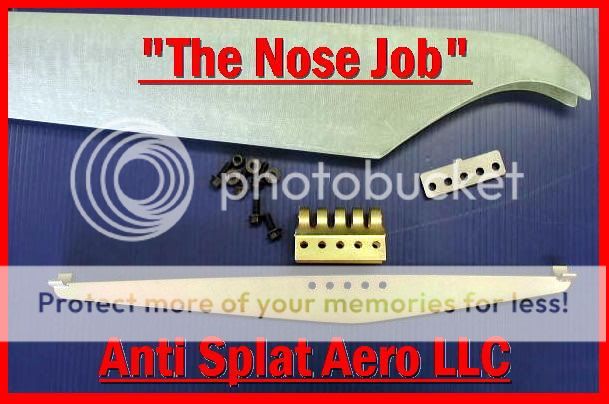Andy Hill
Well Known Member
Allan...
Re the data, I can assure you there is a lot of interest in the UK already for your brace. However, the fitting of it is not solely up to the owner - the "modification" must be applied for, then approved, by the "LAA", before it can be flown.
They will require some engineering data / justification / compliance with standards. Even your video would go someway to providing that... although as ever, it then asks more questions (as you are seeing here).
I am not suggesting "all" your data is required, but I am sure it will help the eventual market if, when you can, some data is collated and released. Ideal would be for you to liaise with a UK RV owner to smooth the process i.e. let the owner do the battle with the LAA, but you assist that owner with their requirements - assuming they are "reasonable" in scope.
Won't be me I'm afraid, our 3rd wheel is at the back, but I suspect you will be contacted soon, if not already.
Andy
Re the data, I can assure you there is a lot of interest in the UK already for your brace. However, the fitting of it is not solely up to the owner - the "modification" must be applied for, then approved, by the "LAA", before it can be flown.
They will require some engineering data / justification / compliance with standards. Even your video would go someway to providing that... although as ever, it then asks more questions (as you are seeing here).
I am not suggesting "all" your data is required, but I am sure it will help the eventual market if, when you can, some data is collated and released. Ideal would be for you to liaise with a UK RV owner to smooth the process i.e. let the owner do the battle with the LAA, but you assist that owner with their requirements - assuming they are "reasonable" in scope.
Won't be me I'm afraid, our 3rd wheel is at the back, but I suspect you will be contacted soon, if not already.
Andy







